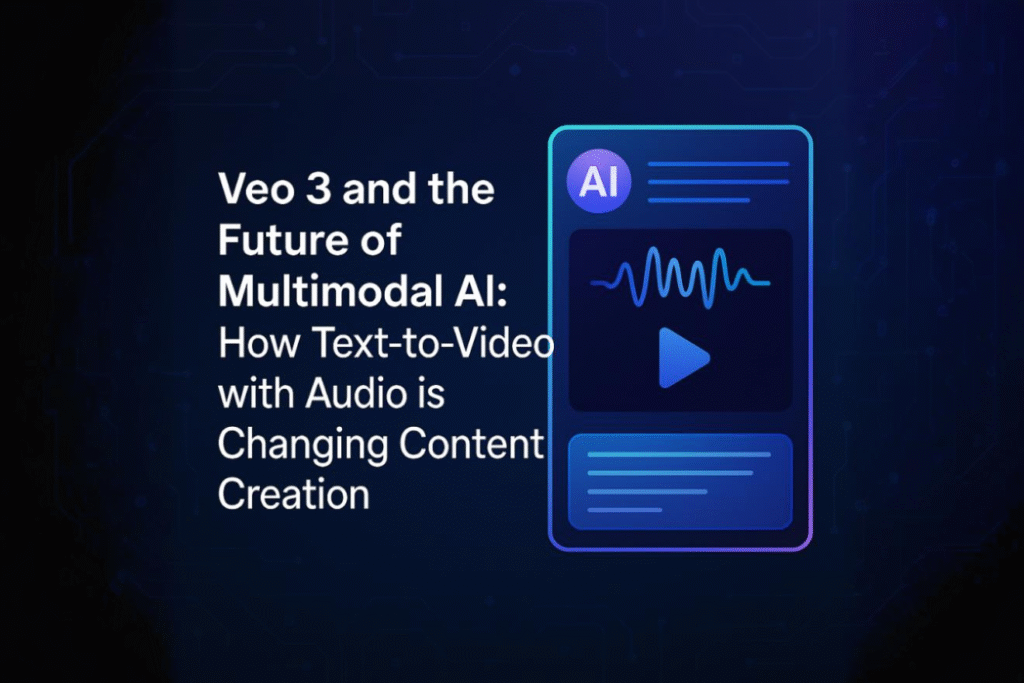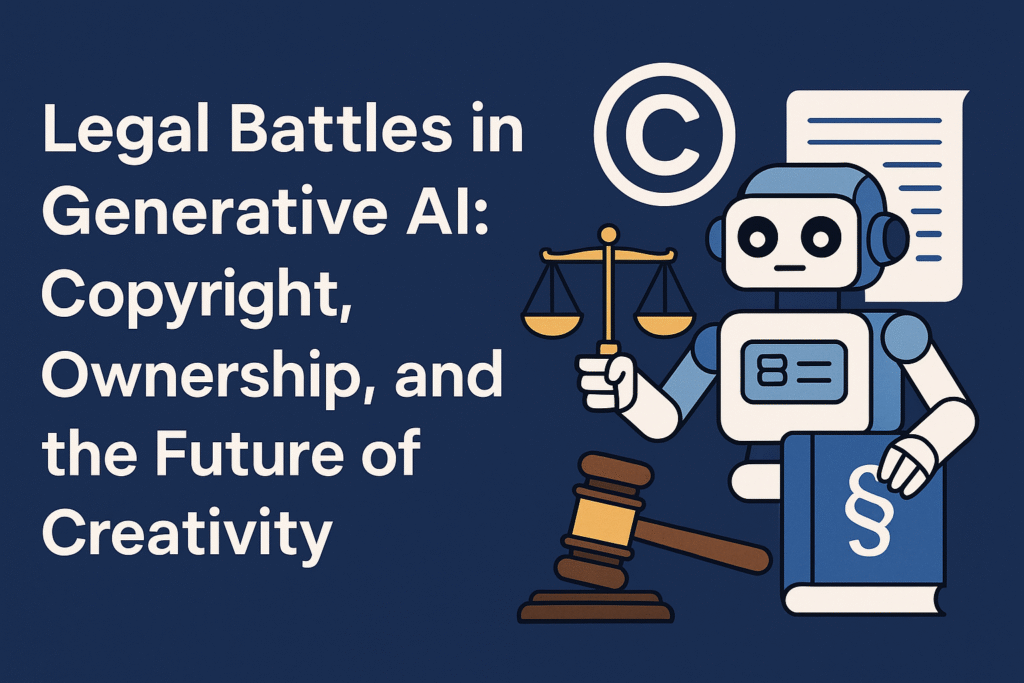
In 2025, artificial intelligence continues to revolutionize how we create and experience content. Among the latest breakthroughs is Google DeepMind’s Veo 3, an advanced multimodal AI system that generates high-quality videos with synchronized audio—directly from text prompts. As multimodal AI gains momentum, tools like Veo 3 are setting the stage for a future where producing rich multimedia content is faster, easier, and more accessible than ever before.
In this article, we’ll explore what makes Veo 3 unique, how multimodal AI is transforming industries, and what creators should know as they embrace this technology.
What is Google Veo 3?
Veo 3 is Google’s latest advancement in the world of generative AI. Building on earlier models, Veo 3 can generate videos with synchronized audio by interpreting natural language prompts. This means that instead of needing a film crew, sound engineers, and editing tools, a creator could simply describe the scene they want — and Veo 3 will bring it to life.
Key features of Veo 3 include:
✅ Ultra-realistic video synthesis, including complex motion and detailed textures.
✅ Synchronized audio generation that matches video events (e.g., footsteps, environmental sounds).
✅ Ability to handle nuanced prompts (e.g., “A futuristic cityscape at sunset with ambient synth music”).
Why Multimodal AI Like Veo 3 Matters
Multimodal AI systems combine different types of data — text, images, video, and audio — to create richer, more complex outputs. Veo 3’s text-to-video + audio capability means:
🔹 Marketing and Advertising
Brands can generate tailored ads or explainer videos on-demand, drastically cutting production costs.
🔹 Education
Teachers can create custom video lessons with accompanying narration or sounds, enhancing remote learning.
🔹 Entertainment and Film
Independent creators can prototype scenes or short films with minimal budget.
🔹 Accessibility
Generate audio descriptions and captions automatically, making content more inclusive.
Veo 3 vs Previous Tools
Let’s see how Veo 3 stacks up:
| Feature | Veo 3 | Runway Gen-2 | Pika Labs |
|---|---|---|---|
| Video quality | Ultra-realistic with detailed motion | Good but more stylized | Decent, but less fidelity |
| Audio sync | Yes — generates audio | No | No |
| Multimodal input | Text + audio | Text only | Text only |
| Use cases | Wide — marketing, film, education | Mostly creative experiments | Creative social content |
Veo 3’s audio-video sync puts it ahead for use cases that demand cohesive multimedia output.
Ethical and Practical Concerns
While multimodal AI is powerful, it brings challenges:
⚠️ Misinformation risk: Realistic audio-video generation can be misused for deepfakes or misleading content.
⚠️ Copyright issues: AI-generated content raises questions about ownership, especially when trained on existing works.
⚠️ Bias and representation: Ensuring AI models produce fair, unbiased content is crucial.
AI Ethics Guidelines – Partnership on AI
Steps to Start Using Veo 3
If you’re eager to try Veo 3, here’s how:
1️⃣ Access the tool — Currently, Veo 3 is in limited release; keep an eye on Google AI’s official page.
2️⃣ Draft clear prompts — Be descriptive (e.g., “A peaceful mountain lake at dawn, soft birdsong in background”).
3️⃣ Review output — Adjust your prompts to refine the results.
4️⃣ Check usage rights — Understand Google’s terms for commercial use.
Future of Multimodal AI
Looking ahead, Veo 3 is just the beginning. Future AI tools may:
- Generate interactive 3D worlds from text.
- Allow real-time editing of video + audio through natural language.
- Improve ethics safeguards, detecting AI-generated media automatically.
Multimodal AI is set to change not just how we create, but how we consume content.
Conclusion
Google Veo 3 represents a leap forward in generative AI. Its ability to produce both video and audio from text makes content creation more accessible and dynamic. Whether you’re a marketer, educator, or creator, mastering multimodal AI like Veo 3 could give you a significant edge in the years ahead.
👉 Explore more on our blog: Top AI Tools for Productivity 2025
👉 Learn about AI ethics in our guide: AI Democratization and Fair Use

